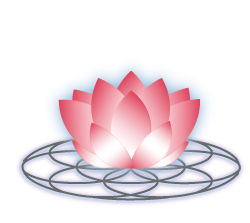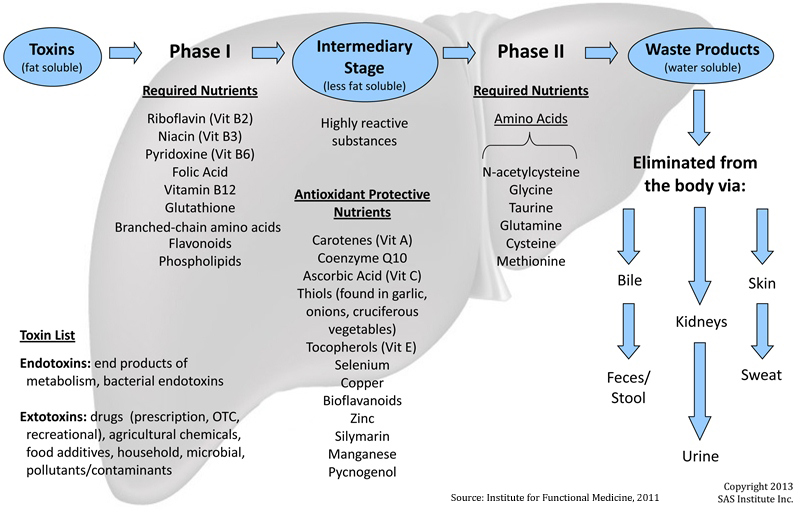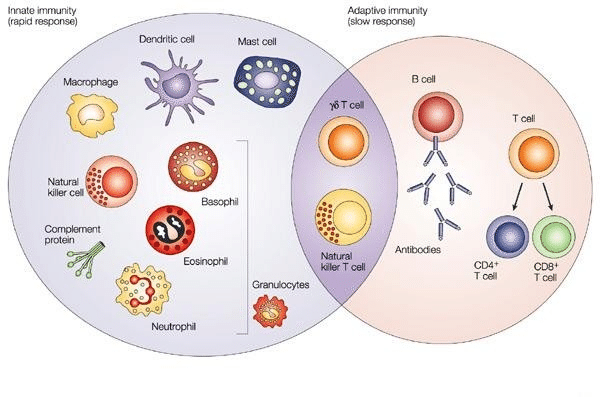Have you ever noticed that your skin flares up when you're experiencing a lot of stress? Do you pick or scratch your skin more when you're stressed or nervous? Have you noticed that you experience more pain from the same stimulus when you're stressed? Stress can affect your skin health, especially for those prone to skin disorders (eg. eczema, acne, etc). This is why the term psychodermatology was created to describe the interplay between the brain and skin, mediated by several systems (eg. neurotransmitters, hormones, and cytokines) (Shenefelt, 2021).
Stress causes our nervous system to release different messengers to talk to our bodies. These messengers can be in the form of catecholamines (ie. epinephrine and norepinephrine from the Sympathetic nervous system) or cortisol from the Hypothalamic-Pituitary-Adrenal Axis (HPA Axis). Together, these messengers increase skin inflammation, itching, impair skin barrier function and wound healing, and suppress the immune system (Graubard, et al, 2021). Stress also changes how we behave. We may not always be conscious that we are doing or experiencing these things, but we are. It's similar to how when experiencing nervousness, your heart rate, and breathing increase. You don't do that consciously - your body does it for you, but if you were to consciously slow your breathing down, your heart rate would also return to baseline. This is where mind-body medicine can shine because we are working with your mind to heal your body (ie. addressing your stress, behavioural changes, and perception).
Hypnotherapy is wonderful mind-body medicine that can be utilized for a number of different things. In today's blog, we're using it to reduce stress, and support your body to heal. Hypnosis is the intentional induction of trance to access the unconscious mind for a specific purpose (Graubard, et al, 2021). Hypnotherapy is very useful when the skin disorder is related to inflammation linked to stress (eg. eczema, psoriasis, etc) (Shenefelt, 2021). Some uses of hypnotherapy in dermatology include reducing discomfort from itching or pain, changing dysfunctional habits (eg. scratching), promoting healing, and reframing cognitive and emotional dysfunctional patterns related to skin disorders (Shenefelt. https://pubmed.ncbi.nlm.nih.gov/28511826/). Hypnosis allows the mind to accept suggestions that are aligned with the person receiving it (eg. someone can suggest you rob a bank, but you wouldn't). For skin, these suggestions can include reducing pain and itching, reducing harmful behaviours (eg. scratching or picking skin), and aiding in healing the skin (Graubard, et al, 2021).
In a study for hypnotherapy and atopic dermatitis, there was a statistically significant improvement found in scratching, discomfort, and sleep disturbances. They also saw a 60% decrease in the use of corticosteroids in 16 weeks (Stewart, Thomas; 1995).
If this sounds like something you would be interested in utilizing, click the link below to book a complimentary Meet and Greet.









